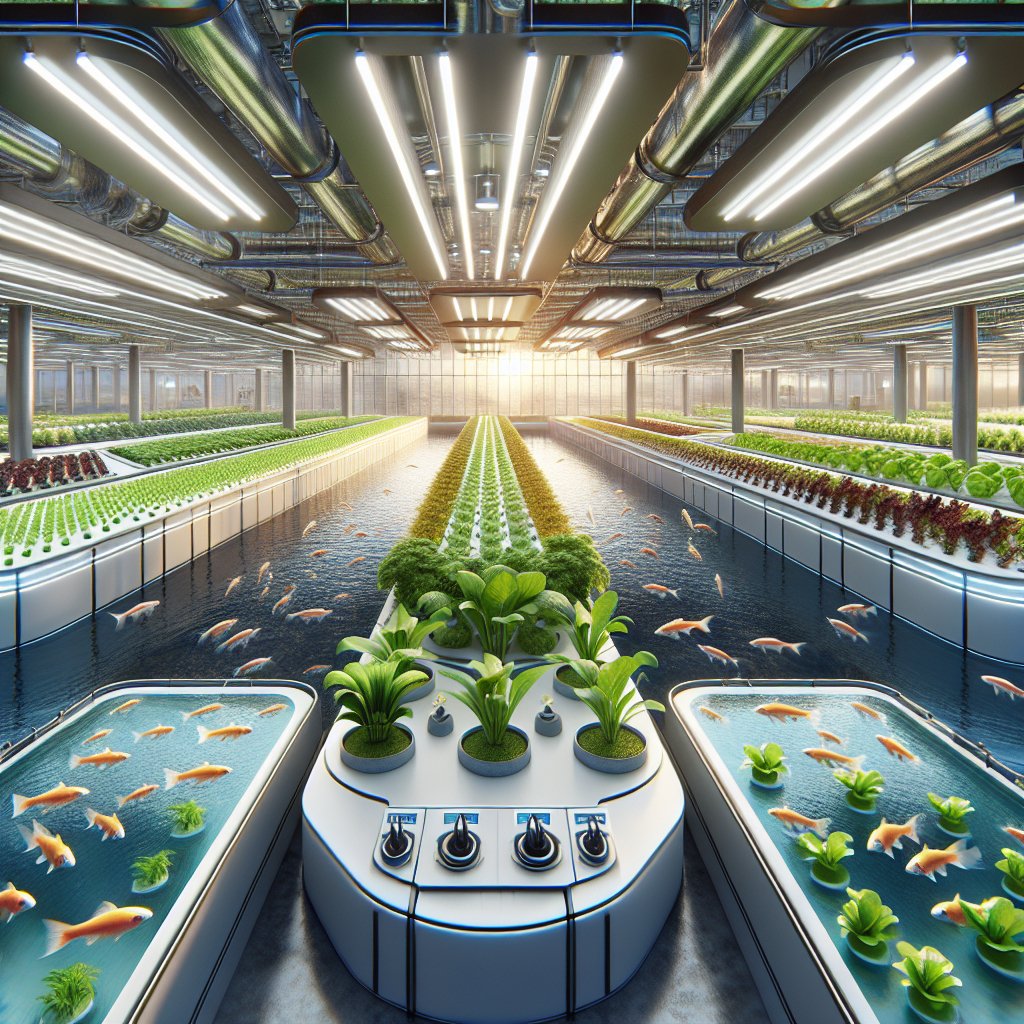No-till farming, a revolutionary agricultural practice, has been gaining attention for its profound benefits on soil health. By eliminating the traditional method of tilling the soil, this approach offers a sustainable alternative that enhances soil structure, increases biodiversity, and improves water retention. This article delves into the various advantages of no-till farming, exploring how it contributes to healthier soils and a more sustainable agricultural future.
Understanding No-Till Farming
No-till farming is an agricultural technique that involves growing crops without disturbing the soil through tillage. Traditional tillage methods, which involve plowing and turning the soil, have been used for centuries to prepare seedbeds and control weeds. However, these practices can lead to soil erosion, loss of organic matter, and disruption of soil structure. In contrast, no-till farming minimizes soil disturbance, allowing for the natural processes of soil formation and maintenance to occur.
The core principle of no-till farming is to leave the soil undisturbed from harvest to planting, except for the narrow slots created for seed placement. This method relies on the use of cover crops, crop rotations, and organic mulches to manage weeds and maintain soil fertility. By preserving the soil’s natural structure, no-till farming enhances its ability to support plant growth and resist environmental stresses.
Benefits of No-Till Farming for Soil Health
Improved Soil Structure
One of the most significant benefits of no-till farming is the improvement of soil structure. Tillage disrupts the natural aggregation of soil particles, leading to compaction and reduced porosity. In contrast, no-till farming allows for the gradual development of stable soil aggregates, which enhance the soil’s ability to retain water and nutrients. This improved structure also facilitates root penetration, enabling plants to access deeper soil layers and withstand drought conditions more effectively.
Enhanced Soil Biodiversity
No-till farming promotes a diverse and thriving soil ecosystem. By minimizing soil disturbance, this practice preserves the habitat for beneficial soil organisms, such as earthworms, fungi, and bacteria. These organisms play a crucial role in nutrient cycling, organic matter decomposition, and soil aeration. A healthy soil ecosystem contributes to increased nutrient availability for plants, reducing the need for synthetic fertilizers and enhancing crop productivity.
Increased Organic Matter
Organic matter is a vital component of healthy soils, providing essential nutrients and improving soil structure. No-till farming helps increase organic matter levels by leaving crop residues on the soil surface. These residues decompose over time, adding organic carbon to the soil and enhancing its fertility. Higher organic matter content also improves the soil’s water-holding capacity, reducing the risk of erosion and nutrient leaching.
Improved Water Retention
Water retention is a critical factor in maintaining soil health and ensuring crop productivity. No-till farming enhances the soil’s ability to retain water by preserving its structure and increasing organic matter content. The presence of crop residues on the soil surface also reduces evaporation, helping to conserve moisture. Improved water retention not only benefits crops during dry periods but also reduces the risk of runoff and erosion during heavy rainfall events.
Challenges and Considerations
While no-till farming offers numerous benefits for soil health, it is not without its challenges. Transitioning from conventional tillage to no-till requires careful planning and management. Farmers must adopt new practices for weed control, such as the use of cover crops and integrated pest management strategies. Additionally, the initial investment in specialized equipment, such as no-till planters and seed drills, can be a barrier for some farmers.
Another consideration is the potential for increased reliance on herbicides to manage weeds in no-till systems. While herbicides can be effective, their overuse can lead to environmental concerns and the development of herbicide-resistant weed species. To address these challenges, farmers are encouraged to adopt a holistic approach that combines no-till farming with other sustainable practices, such as crop rotations and organic amendments.
Conclusion
No-till farming represents a promising approach to sustainable agriculture, offering significant benefits for soil health. By preserving soil structure, enhancing biodiversity, and improving water retention, this practice contributes to more resilient and productive agricultural systems. While challenges remain, the adoption of no-till farming, combined with other sustainable practices, can pave the way for a healthier and more sustainable future for agriculture.



